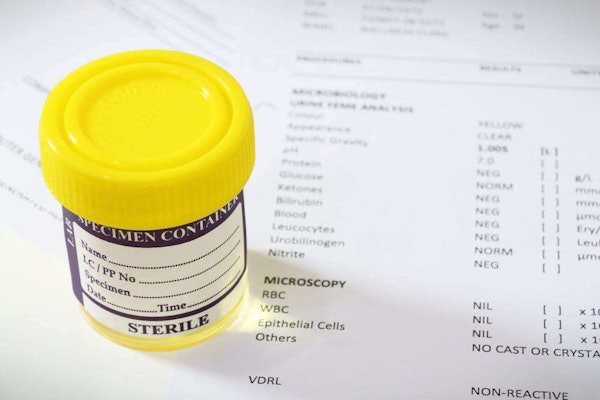
First things first. Over this past weekend, trucking’s biggest media fan, Robb Mariani, confirmed the “Secret Santa Force” that we’ve know about for quite some time — that’s right, folks, the secret got out this year:
Longtime owner-operator Steve Bixler noted he believed Mariani’s vid “should have been out in the mainstream media for all to see.” If you agree, you can share it via Youtube at this link.
Truckers’ ‘Night before Christmas’, take …
Longtime trucking writer Sierra Sugar, whose Sweet Life blog you can find via this link, took a page from a variety of folks in the past this year with another nice alternate take on the classic night-before-Christmas poem, this one set — as some others chronicled on this blog in years past — at a truck stop:
Twas the night before Christmas and all through the place
Not a semi was idling while tucked in their space
The chrome was all polished by truckers with care
In hopes that DOT would pass them by there. …
What happens next? Well, I bet you can at guess some of the basics, but I’ll send you over to Sugar’s site for the magic details, well worth a read. A-and if you’re curious about the history of the original poem, it goes back to the 1820s — distillation of that history in this story.

Who’s your oil analysis source?
So asked Barry Boland after coming across my brief last week about the documented million-mile teardown of small fleet owner-op Dave Marti’s “High Maintenance” legacy edition 379’s Cat motor, done at the behest of oil supplier Growmark after company reps learned Marti’d been using their oil for the entire life of the engine. Boland hadn’t been doing analysis, unlike many owner-ops, and defaulted to his truck/engine recommended interval of up to 35,000 miles for oil changes. (OEMs generally, too, in recent model years have gone even higher on this to higher potential change intervals, ideally coupled with an analysis program.)
While analysis isn’t absolutely required practice, of course, it’s something many do with an eye on extending oil drain intervals/deciding when to change and/or measuring the presence of wear metals or other substances in the oil over time to help spot maintenance needs and determine, ultimately, time to overhaul. I checked back in with Marti to clarify his own practice, and he notes, with the 2007 “High Maintenance” Pete (powered by an ’06 emissions-spec engine) he tacked toward the latter approach with his analysis. He stuck with the conservative and quite common 15,000-mile oil change through much of its operational history, but also sampled the oil four times a year for analysis at Growmark, his oil supplier, to establish a record of wear he could easily see over time to monitor for potential performance issues. (“All oil companies usually have a good place to send” oil samples for analysis, he says.)
And you? Who do you work with for analysis, if you do, how often do you sample and what’s your principal reason for sampling?
For readers situated similarly to Boland, who’s never performed oil analysis, we’ve written about the practice quite a lot in past issues of Overdrive. Most recently, Jason Cannon wrote about analysis in the context of extending drains via this story in July. including a brief primer on analysis. Here’s the search page for the “oil analysis” term here at OverdriveOnline.com, from which you can locate other resources on the topic as well.














